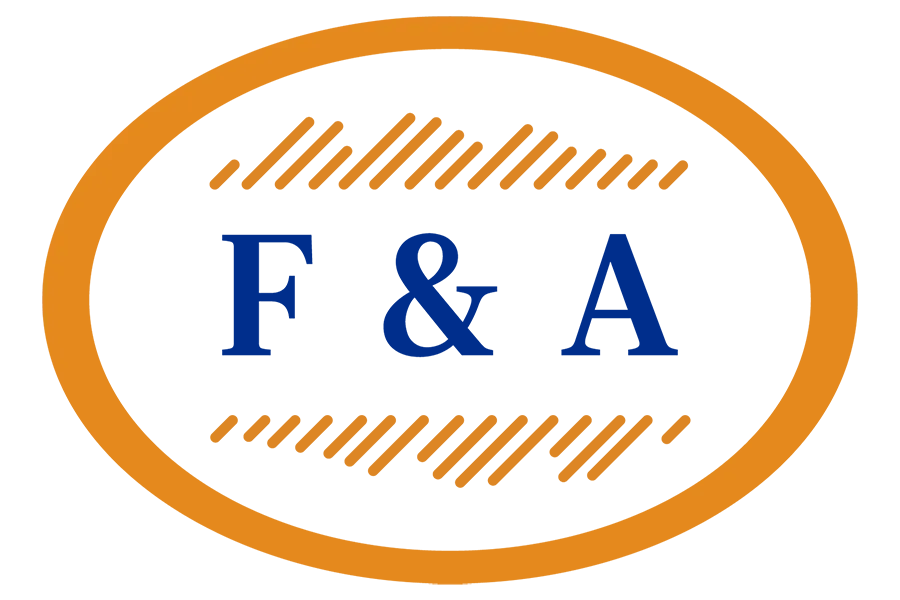Quilting is not just a craft; it’s an art form that requires precision and attention to detail. One crucial aspect of quilting is piecing fabric for the backing. A well-constructed quilt backing ensures the longevity and durability of your quilt while also enhancing its aesthetic appeal.
In this comprehensive guide, we will walk you through everything you need to know about piecing fabric for quilt backing, from selecting the right fabrics to stitching techniques and troubleshooting common issues.
Fabric Pieces for Quilting
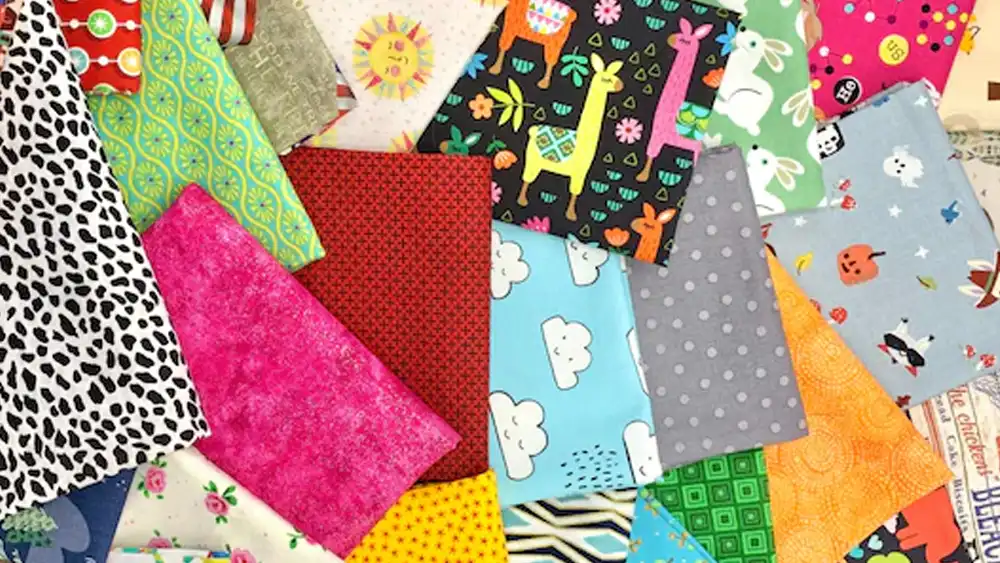
Quilting abric pieces for quilting are the building blocks of any quilt, including the backing.
Here’s a detailed explanation:
Fabric Selection: Choosing the right fabric pieces for quilting is crucial for achieving the desired look, feel, and durability of your quilt backing. Consider factors such as fabric weight, print size, color coordination, and fabric content when selecting pieces for your quilt backing. Opt for high-quality, tightly woven fabrics that complement the quilt top and provide the necessary stability and longevity.
Fabric Size: Fabric pieces for quilting come in various sizes, depending on your quilting project’s requirements. Common sizes include fat quarters, which are typically 18 by 22 inches, and yardage, which is measured in linear yards. When piecing quilt backing, ensure that your fabric pieces are large enough to cover the entire quilt top with some overhang for quilting and binding.
Fabric Grain: Understanding fabric grain is essential when cutting fabric pieces for quilting, including quilt backing. Fabric grain refers to the direction of the threads in a woven fabric, including straight grain, cross grain, and bias. Cutting fabric pieces along the straight grain or cross grain ensures stability and minimizes stretching, while cutting on the bias allows for more flexibility and drape.
Fabric Preparation: Before cutting fabric pieces for quilting, it’s important to wash and press the fabric to remove any sizing, dirt, or wrinkles. Pre-washing prevents shrinkage and ensures that your quilt backing maintains its shape and size over time. Pressing the fabric with a hot iron helps set the grain and creates a smooth surface for cutting and piecing.
Piecing Techniques: Fabric pieces for quilting are typically pieced together using various techniques, such as straight piecing, diagonal piecing, or improvisational piecing. Each technique has its unique characteristics and benefits, allowing quilters to create diverse and intricate designs for their quilt backing. Experiment with different piecing techniques to achieve the desired look and feel for your quilt.
By carefully selecting, preparing, and piecing fabric pieces for quilting, you can create a beautiful and durable quilt backing that complements your quilt top and showcases your quilting skills. Take your time, enjoy the process, and let your creativity shine as you work with fabric pieces to bring your quilting vision to life.
Selecting the Right Fabrics for Quilt Backing
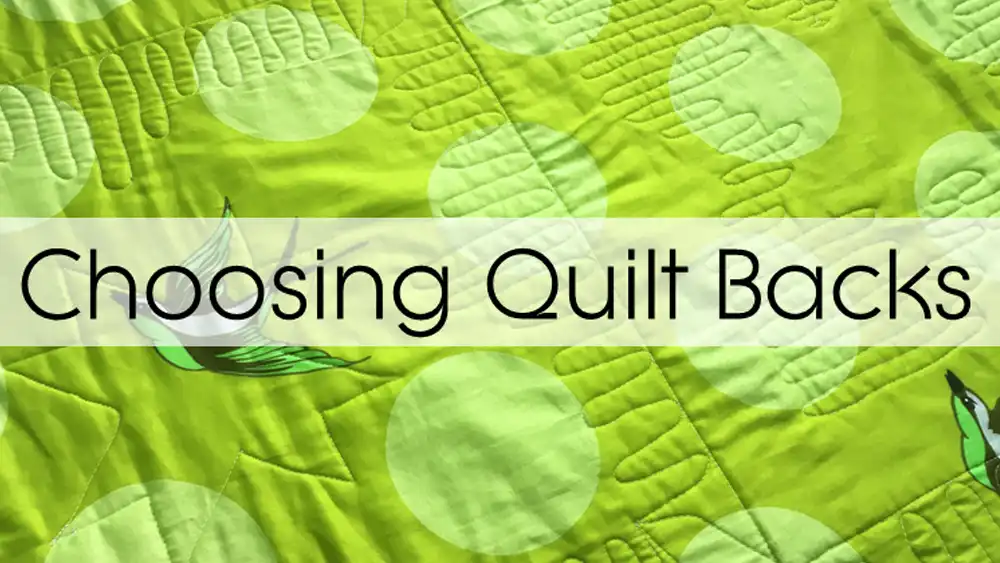
Selecting the right fabrics for quilt backing is a critical step in the quilting process, as it can greatly impact the overall look, feel, and longevity of your quilt.
Here’s a more detailed explanation:
Understanding Fabric Grain:
Fabric grain refers to the direction of the threads in a woven fabric. It’s essential to understand fabric grain because it affects how the fabric behaves when cut and sewn. There are three primary grain directions:
- Straight Grain: The straight grain runs parallel to the selvage edge of the fabric. Fabrics cut along the straight grain have minimal stretch and are stable and easy to work with.
- Cross Grain: The cross grain runs perpendicular to the selvage edge. Fabrics cut along the cross grain have more stretch than those cut along the straight grain but less than those cut on the bias.
- Bias: The bias runs diagonally across the fabric at a 45-degree angle to the straight and cross grains. Fabrics cut on the bias have the most stretch and are ideal for creating curved or bias-cut pieces.
Understanding fabric grain helps you choose the appropriate fabric for quilt backing based on the desired drape, stability, and stretch of the finished quilt.
Fabric Considerations:
When selecting fabrics for quilt backing, there are several factors to consider:
- Fabric Weight: Choose a fabric weight that complements the weight of the quilt top. For lightweight quilt tops, opt for lighter backing fabrics to prevent excessive bulk. Similarly, heavier quilt tops may require more substantial backing fabrics for added support.
- Print Size: Consider the scale of the print on the fabric. Large-scale prints may require more yardage to match patterns and designs across the backing panels.
- Color Coordination: Coordinate the color of the backing fabric with the quilt top to create a cohesive look. You can choose a backing fabric that complements or contrasts with the colors in the quilt top, depending on your design preferences.
- Fabric Content: Select high-quality, tightly woven fabrics for quilt backing to ensure durability and longevity. Avoid fabrics that are prone to stretching or fraying, as they may affect the overall stability of the quilt.
By considering these factors and understanding fabric grain, you can confidently select the right fabrics for quilt backing that enhance the beauty and functionality of your finished quilt.
Preparing Fabric for Piecing
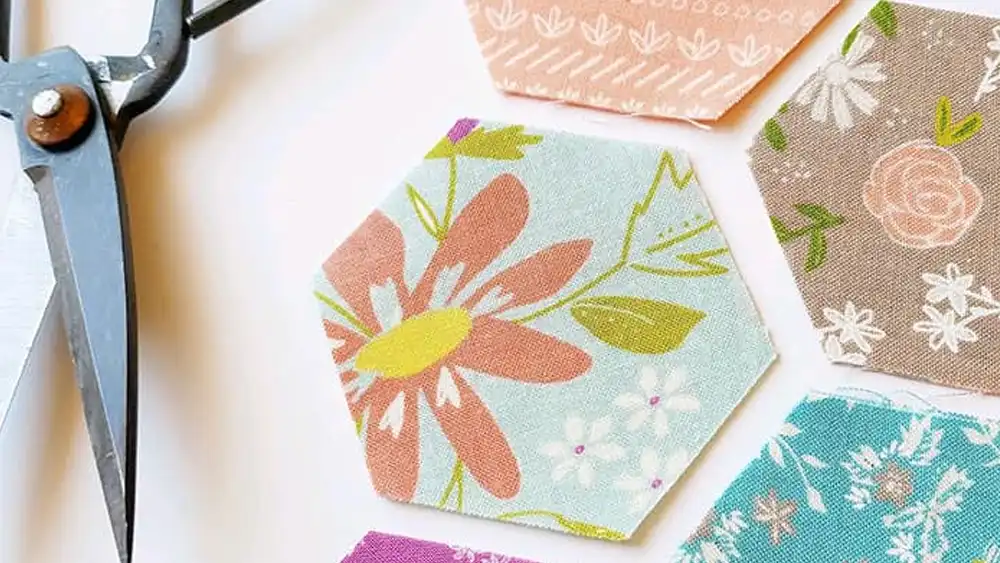
Preparing fabric for piecing is a crucial step in the quilting process that ensures your quilt backing is of the highest quality and durability. Here’s a more detailed explanation:
Washing and Pressing Fabric: Before piecing fabric for quilt backing, it’s essential to wash and press your fabrics. Washing removes any sizing, dirt, or chemicals from the fabric, ensuring that your quilt backing is clean and free from potential contaminants. Additionally, pre-washing helps prevent shrinkage and color bleeding, which can affect the overall appearance and integrity of your quilt.
Once the fabric is clean, pressing it with a hot iron ensures that it is smooth and wrinkle-free, making it easier to work with during the piecing process. Pressing also helps set the fabric’s grain and prepares it for accurate cutting and stitching.
Squaring Fabric Edges: To achieve precise seams and a professional finish, it’s important to square the edges of your fabric before piecing. Using a rotary cutter, acrylic ruler, and cutting mat, trim the edges of the fabric to ensure they are straight and even. Squaring the edges helps prevent distortion and ensures that your quilt backing panels align perfectly with the quilt top.
By washing, pressing, and squaring the fabric edges before piecing, you set a solid foundation for creating a high-quality quilt backing that will withstand the test of time. These preparatory steps not only improve the appearance and durability of your quilt but also contribute to a more enjoyable and satisfying quilting experience.
Piecing Techniques for Quilt Backing
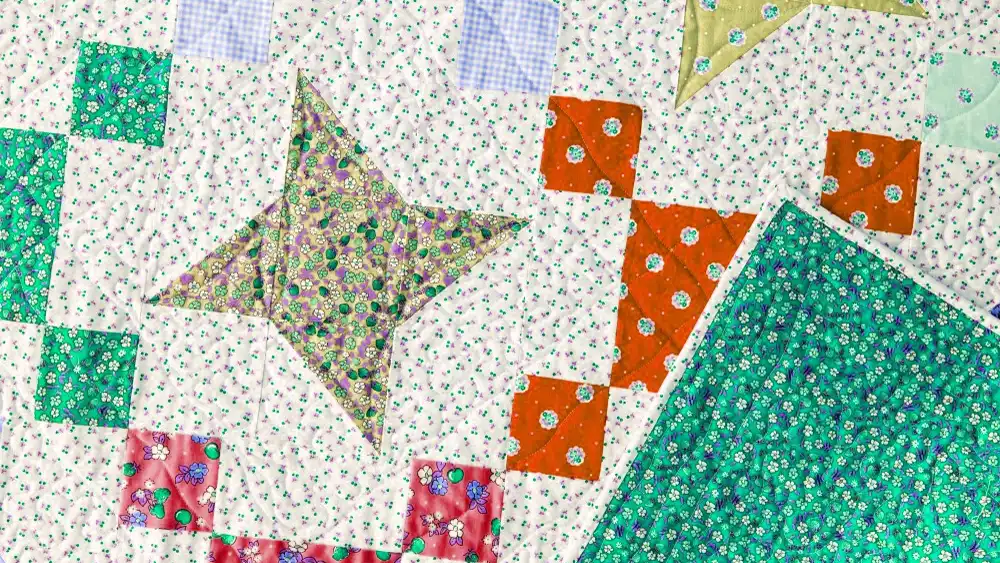
Piecing techniques for quilt backing are essential to ensure that the backing panels are joined together seamlessly, creating a sturdy and visually appealing foundation for your quilt. Here are some detailed explanations of popular piecing techniques:
Straight Piecing Method: The straight piecing method involves sewing fabric pieces together along straight edges to create larger panels for the quilt backing. To execute this technique, align the edges of the fabric pieces with right sides facing each other, then sew them together using a consistent seam allowance. Press the seams open or to one side for a flat, smooth finish. The straight piecing method is straightforward and ideal for creating quilt backing panels with minimal fuss.
Diagonal Piecing Method: The diagonal piecing method, also known as the bias seam method, involves sewing fabric pieces together at a 45-degree angle to create seamless joins. This technique is particularly useful for minimizing bulk and preventing the formation of bulky seam allowances. To use this method, align the edges of the fabric pieces diagonally, then stitch them together with a consistent seam allowance. Press the seams open or to one side for a flat, smooth finish. The diagonal piecing method is excellent for creating quilt backing panels with fewer visible seams and a smoother overall appearance.
Chain Piecing: Chain piecing is a time-saving technique where multiple fabric pieces are stitched together in a continuous chain without cutting the thread between pieces. This method increases efficiency and reduces thread waste, making it ideal for piecing large quantities of fabric quickly. To chain piece, feed fabric pieces through the sewing machine one after the other, sewing them together with a consistent seam allowance. Once all the pieces are sewn, snip the connecting threads between them and press the seams open or to one side. Chain piecing is a popular technique among quilters for its speed and efficiency in assembling quilt backing panels.
Joining Quilt Backing Panels
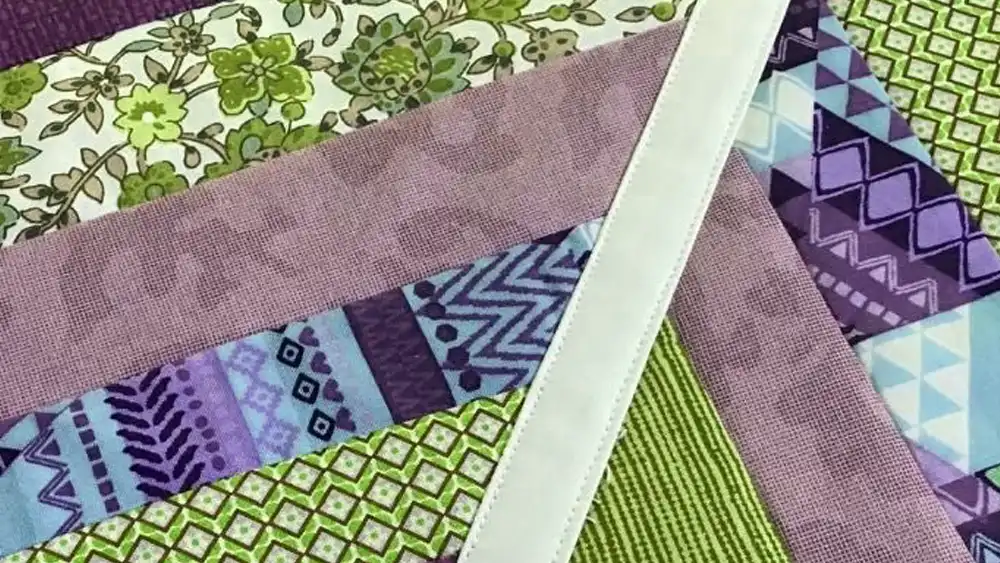
Matching Seams
When joining quilt backing panels, it’s essential to pay close attention to matching seams to ensure a seamless appearance. Align the edges of the backing panels with the right sides facing each other, making sure that the seams from adjacent panels line up perfectly. Pin the edges together to secure them in place, then stitch along the seam line using a consistent seam allowance. Take your time to ensure accurate alignment, as matching seams contribute to a professional-looking finish for your quilt backing.
Pressing Seams
After joining quilt backing panels, pressing the seams is crucial to set the stitches and create a flat surface. Use a hot iron and steam to press the seams open or to one side, depending on your preference and the thickness of the fabric. Pressing the seams helps eliminate wrinkles and puckers, resulting in a smooth and even surface for your quilt backing. Take care not to stretch or distort the fabric while pressing, as this can affect the overall appearance and stability of your quilt.
By matching seams accurately and pressing them carefully, you can create quilt backing panels that seamlessly blend together, providing a sturdy and visually pleasing foundation for your quilt top. These techniques ensure that your quilt backing is of the highest quality, enhancing the overall beauty and longevity of your finished quilt.
Quilt Backing Alternatives
Whole Cloth Backing
A whole cloth backing involves using a single piece of fabric for the entire quilt backing. This option is ideal for showcasing intricate quilting designs and minimizing piecing seams.
Pieced Backing Designs
For added visual interest, consider creating pieced backing designs using various fabric scraps, blocks, or panels. Experiment with different layouts and arrangements to create unique quilt backings.
Troubleshooting Common Issues
Troubleshooting common issues that arise during the quilt backing process is essential to ensure a smooth and successful quilting experience. Here are some common issues and tips for addressing them:
Fabric Stretching: One common issue quilters encounter is fabric stretching during piecing. To prevent this, handle fabrics gently and avoid pulling or stretching them while stitching. Additionally, using starch or sizing can help stabilize the fabric and minimize distortion. If stretching occurs, lightly steam the fabric to relax it, then press it flat to restore its shape.
Seam Misalignment: Seam misalignment can occur when joining quilt backing panels, resulting in uneven edges or puckering. To correct this issue, carefully unpick stitches along the misaligned seam, then realign the fabric edges and restitch. Take your time to ensure accurate alignment, using pins or clips to hold the fabric in place before sewing.
Uneven Seams: Uneven seams can be caused by inconsistent seam allowances or tension issues. To address this problem, check your sewing machine settings and adjust the tension if necessary. Use a consistent seam allowance and guide the fabric evenly through the machine to achieve uniform seams. If uneven seams persist, consider using a walking foot attachment to ensure smooth and even stitching.
By troubleshooting these common issues and implementing the suggested solutions, you can overcome challenges and achieve professional results with your quilt backing. Remember to take your time, practice patience, and don’t hesitate to seek guidance or assistance if needed. With practice and perseverance, you’ll master the art of piecing fabric for quilt backing and create beautiful quilts to cherish for years to come.
FAQs
Can I use different fabrics for the quilt top and backing?
Yes, you can use different fabrics for the quilt top and backing. However, ensure that the fabrics coordinate well in terms of color, weight, and print size to maintain visual harmony.
How wide should quilt backing fabric be?
Quilt backing fabric should typically be at least 4-6 inches wider and longer than the quilt top to allow for quilting and binding.
Should I pre-wash quilt backing fabric?
Pre-washing quilt backing fabric is recommended to remove sizing, dirt, and excess dye, which can cause shrinkage and color bleeding.
What is the best stitch length for piecing quilt backing fabric?
A stitch length of 2.0-2.5 mm is ideal for piecing quilt backing fabric, providing secure seams without excessive bulk.
How do I calculate fabric yardage for quilt backing?
To calculate fabric yardage for quilt backing, measure the length and width of your quilt top, then add several inches for seam allowances and overhang.
Can I use selvages in quilt backing seams?
While selvages can be used in quilt backing seams, they may add bulk and stiffness to the finished quilt. Trim selvages before piecing for optimal results.
Conclusion
Piecing fabric for quilt backing is a rewarding aspect of quilting that allows you to personalize your creations and showcase your craftsmanship. By following the techniques outlined in this guide and experimenting with different fabrics and designs, you can create beautiful, durable quilt backings that complement your quilt tops perfectly.
